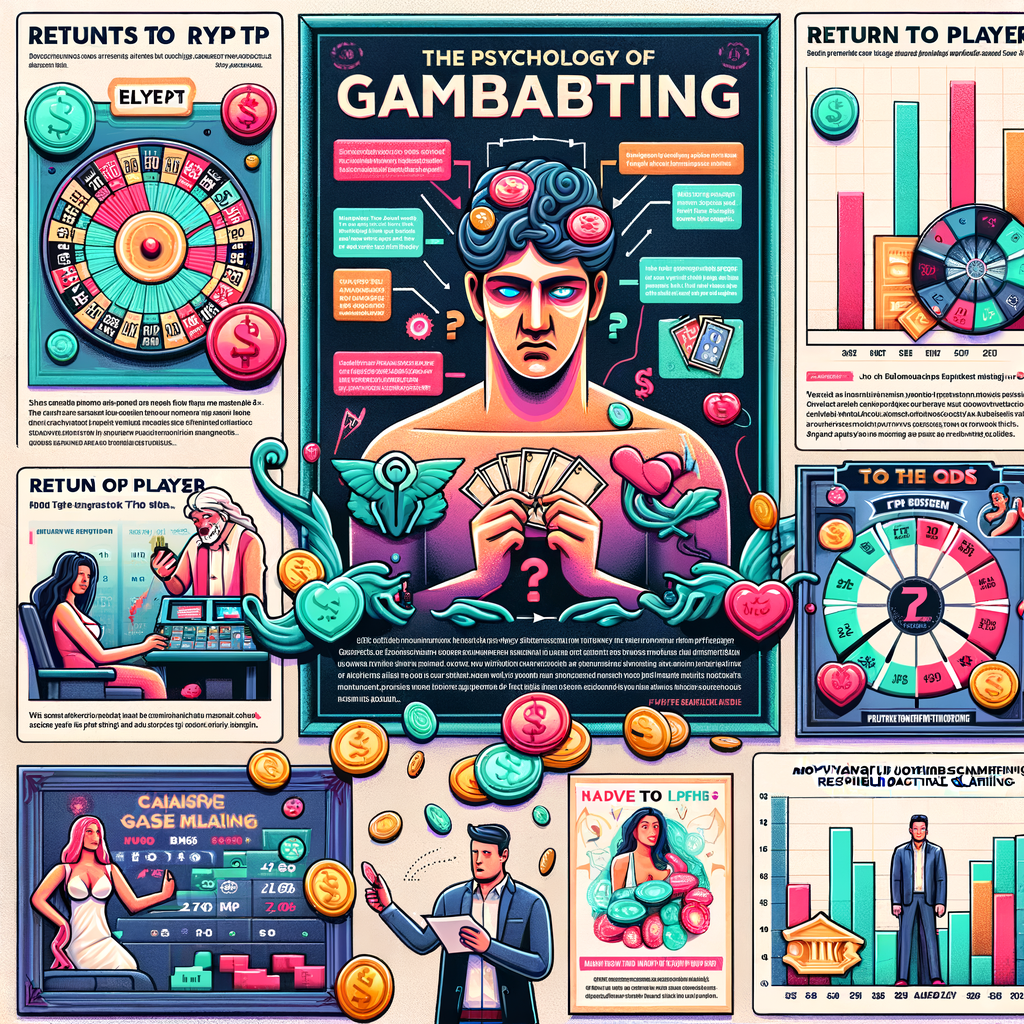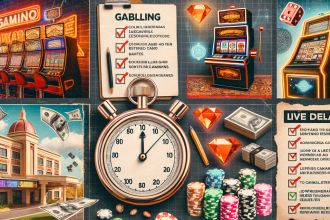Today, people look at gaming as a widely accepted and popular kind of entertainment. Since there are now billions of players around the world, the industry has helped change how people relax and raised the topic of game addiction. Even though most people who play games do so without serious consequences, some find it impossible to stop and keep playing. It is neurobiology together with environmental reasons that helps us see why some people keep gaming despite its harmful effects. In this article, I discuss how science explains gaming addiction and the effects of things such as food and sleep on players.
Understanding the Neurobiology Behind Addiction in Gaming
The Brain’s Reward System
A major factor in gaming addiction is that dopamine, a neurotransmitter in the brain, mainly governs the brain’s reward system. When we do things that bring joy, dopamine is produced and we begin to feel satisfied and comfortable. Gaming triggers a similar response in the brain as when we take part in other pleasurable activities like eating or having fun with others.
- Immediate Rewards: Games are designed with built-in rewards, such as points, achievements, and unlockable content. This constant reinforcement stimulates the release of dopamine, leading players to repeatedly seek out these rewards.
- Variable Rewards: Many games employ a mechanism known as a “variable ratio reinforcement schedule,” where rewards are given at unpredictable intervals. This unpredictability fuels excitement and compulsion, similar to gambling, where the thrill of uncertainty can lead to excessive play.
- Escalation of Play: Over time, the brain becomes accustomed to higher levels of stimulation. Players may find that they need to play more frequently or engage with more intense content to achieve the same level of satisfaction, a hallmark of addiction.
Neuroplasticity and Habit Formation
Addiction is more than getting immediate pleasure; it causes major changes in the brain. The ability of the brain to change itself by making new connections is very important for this.
- Formation of Habits: With repeated gameplay, neural pathways associated with gaming become stronger, leading to habitual behavior. These established patterns make it increasingly difficult for players to break away from gaming, even if they recognize the negative impacts on their lives.
- Diminished Control: As gameplay becomes habitual, players may experience a reduction in their ability to exert control over their gaming time. This diminished self-regulation can lead to a cycle where the player feels compelled to game, despite potential adverse consequences.
- Emotional Regulation: Many players turn to gaming as a coping mechanism for stress, anxiety, or depression. The brain’s reward response can momentarily alleviate negative feelings, reinforcing the behavior and leading to a reliance on gaming as a primary source of emotional regulation.
Genetic Predispositions
Research suggests that certain genetic factors may predispose individuals to addiction, including gaming addiction.
- Family History: Individuals with a family history of addiction may be more vulnerable to developing compulsive gaming behaviors. Studies indicate that genetic variations can influence the way dopamine receptors function, affecting reward sensitivity.
- Personality Traits: Certain personality traits, such as impulsivity and sensation-seeking, have been linked to a higher likelihood of addictive behaviors. These traits can manifest in gaming as a tendency to seek out immersive experiences without regard for consequences.
- Biological Markers: Ongoing research is exploring whether specific biological markers can predict susceptibility to gaming addiction. Understanding these markers could lead to more effective prevention and intervention strategies.
The Role of Environmental Factors in Player Behavior
Social Influences
The social environment significantly impacts gaming behavior, shaping players’ motivations and access to gaming.
- Peer Pressure: For many, gaming is a communal activity. Peer pressure can lead to increased gaming time as players feel a desire to engage with friends or keep up with social trends. This social aspect can foster a sense of belonging but may also encourage excessive play.
- Online Communities: The rise of online gaming communities and social media platforms has created spaces where players can connect, collaborate, and compete. While these communities can provide support and camaraderie, they can also lead to unhealthy gaming habits, particularly when competition is emphasized.
- Parental Influence: The role of parents in shaping gaming habits can be significant. Parents who model excessive gaming behaviors or fail to set boundaries may inadvertently encourage similar habits in their children. Conversely, supportive parental involvement can mitigate the risk of developing gaming addiction.
Game Design and Accessibility
The design of games and their accessibility also play crucial roles in fostering addictive behaviors.
- Engaging Mechanics: Game developers utilize psychological principles to design engaging and addictive mechanics, such as skill trees, loot boxes, and daily quests. These elements encourage players to spend more time in-game, often leading to prolonged sessions.
- Accessibility: The ease of access to games via smartphones and online platforms has contributed to increased gaming time. Players can engage with games anywhere and at any time, making it easier to slip into prolonged gaming sessions.
- Monetization Strategies: Many games incorporate monetization strategies, such as microtransactions and subscriptions, that can lead players to invest not only time but also money into their gaming experiences. This financial commitment can create a psychological bond to the game, further entrenching the habit.
Mental Health Considerations
Mental health plays a crucial role in how individuals engage with gaming.
- Coping Mechanism: For some players, gaming serves as an escape from real-life challenges, providing a temporary respite from stress, anxiety, or depression. This reliance can lead to compulsive gaming as players seek to avoid confronting their issues.
- Emotional Investment: Players often invest significant emotional energy into their gaming experiences, developing attachments to characters, stories, and communities. This emotional investment can create a sense of loss or emptiness when considering reducing or quitting gaming altogether.
- Feedback Loops: The interplay between gaming and mental health can create feedback loops, where gaming exacerbates mental health issues, leading to more gaming as a form of coping. This cycle can make it challenging for players to break free from addictive behaviors.
| Factor | Description | Impact on Addiction |
|---|---|---|
| Dopamine Release | Neurotransmitter linked to pleasure and reward | Increases compulsion to continue gaming |
| Peer Pressure | Influence from friends and social circles | Encourages excessive gaming to fit in |
| Game Design | Mechanics designed to keep players engaged | Promotes longer gaming sessions |
| Mental Health Issues | Use of gaming as a coping mechanism | Leads to reliance on gaming for emotional relief |
Conclusion
Addiction to games happens for many reasons, and it involves both brain functions and the setting in which the individual lives. Thankfully, experts have discovered that the brain’s reward system, changes the brain can make, and individual genetic traits reveal the main reasons behind not being able to stop gaming. Likewise, social groups, game layouts, and people’s mental health help us see how varied this issue can be. It is very important to notice these factors to design strong strategies for prevention and intervention. As video games develop, it is important to teach people about addiction to ensure that everyone can keep enjoying them.










